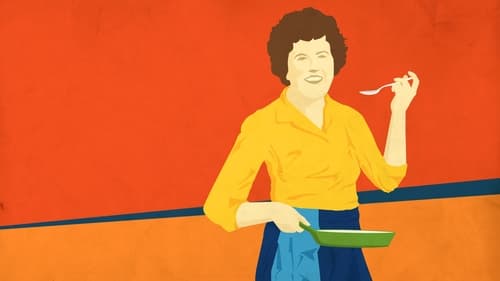
Director of Photography
Using never-before-seen archival footage, personal photos, first-person narratives, and cutting-edge, mouth-watering food cinematography, the film traces Julia Child's surprising path, from her struggles to create and publish the revolutionary Mastering the Art of French Cooking (1961) which has sold more than 2.5 million copies to date, to her empowering story of a woman who found fame in her 50s, and her calling as an unlikely television sensation.
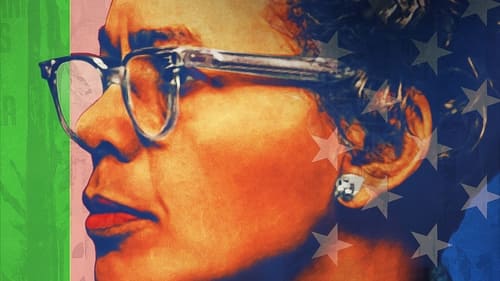
Cinematography
Overlooked by history, Pauli Murray was a legal trailblazer whose ideas influenced RBG's fight for gender equality and Thurgood Marshall's landmark civil rights arguments. Featuring never-before-seen footage and audio recordings, a portrait of Murray's impact as a non-binary Black luminary: lawyer, activist, poet, and priest who transformed our world.
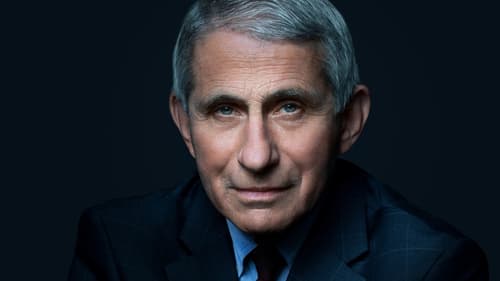
Director of Photography
Exclusive access into the career and life of the public servant who has advised seven U.S. presidents beginning with the AIDS pandemic in the 1980s and through SARS, Ebola and COVID-19.

Director of Photography
Tehran, Iran, August 19, 1953. A group of Iranian conspirators who, with the approval of the deposed tyrant Mohammad Reza Pahlavi, have conspired with agents of the British MI6 and the US CIA, manage to put an end to the democratic government led by Mohammad Mosaddegh, a dramatic event that will begin the tragic era of coups d'état that, orchestrated by the CIA, will take place, over the following decades, in dozens of countries around the world.
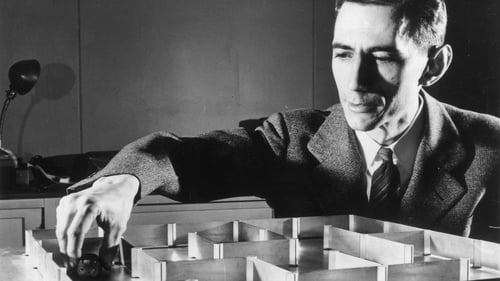
Cinematography
The Bit Player tells the story of an overlooked genius, Claude Shannon (the "Father of Information Theory"), who revolutionized the world, but never lost his childlike curiosity.

Director of Photography
アメリカ女性最高裁判事、ルース・ベイダー・ギンズバーグを巡るドキュメンタリー。“アメリカでもっとも尊敬される85歳”と呼ばれる彼女の人生とキャリアに、二人の女性監督コンビが迫っていく。クリントン、オバマと元大統領も出演。

Director of Photography
Dolores Hart left a successful Hollywood acting career to become a nun. A true story.

Director of Photography
Evangelical Christians are calling out for a second sexual revolution: chastity. As a counter-movement of the attitudes and practices of today's culture, one in six girls in the US has vowed to remain 'unsoiled' until marriage. But the seven children of the Wilson family, founders of the Purity Ball, take this concept of purity of body and mind one step further; even their first kiss will be at the altar. For two years, the filmmakers follow the Wilson offspring as they prepare for their fairytale vision of romance and marriage and seek out their own prince and princess spouses. In the process, a broader theme emerges: how the religious right is grooming a young generation of virgins to embody an Evangelically-grounded Utopia in America.

Cinematography
Aneta Brodski, a deaf teen living in New York City, discovers the power of American Sign Language poetry. As she prepares to be one of the first deaf poets to compete in a spoken-word slam, her journey leads to an unexpected collaboration.
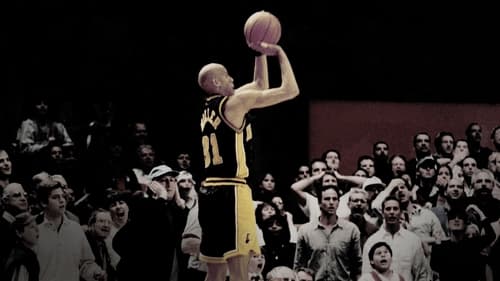
Director of Photography
Reggie Miller single-handedly crushed the hearts of Knick fans multiple times. But it was the 1995 Eastern Conference Semifinals that solidified Miller as Public Enemy #1 in New York City. With moments to go in Game 1, and facing a seemingly insurmountable deficit of 105-99, Miller scored eight points in 8.9 seconds to give his Indiana Pacers an astonishing victory. This career-defining performance, combined with his give-and-take with Knicks fan Spike Lee, made Miller and the Knicks a highlight of the 1995 NBA playoffs. Peabody Award-winning director Dan Klores will explore how Miller proudly built his legend as "The Garden's Greatest Villain".

Director of Photography

Cinematography
Examines Civil Rights-era America through the prism of basketball at historically black colleges and universities.

Director of Photography
A small group of friends are faced with the sudden tragic death of one of their own when he commits suicide, leaving the remaining six in a free-fall of attempting to find out why.

Director of Photography
Eleven-year-old New York City public school kids journey into the world of ballroom dancing and reveal pieces of themselves and their world along the way. Told from their candid, sometimes hilarious perspectives, these kids are transformed, from reluctant participants to determined competitors, from typical urban kids to "ladies and gentlemen," on their way to try to compete in the final citywide.
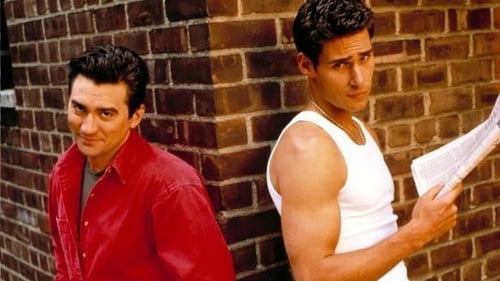
Director of Photography
When he discovers his girlfriend having sex with his brother, Frankie decides to head to Manhattan, leaving his Bronx pizza shop forever for the fame and fortune of show business. But before stardom, he needs a place to stay. Looking in the personals, he notices GWM. And thinking it "Guy with Money," he heads to the Village and the apartment of gay actor Warren, who's in desperate need of this month's rent.

Cinematography
An ex-con's future is threatened by his brother's involvement with drugs.

Cinematography
After Carol accidentally chops off Glenn's finger in the kitchen, she decides that she is not giving it back to him until he confesses all his affairs.

Director of Photography
A reclusive aging widower struggling with tax problems has a complete change in his views of life as he has a chance encounter with a young woman who moves in with him briefly.

Director of Photography
In this true life murder mystery, we know early on "whodunnit" (the butler, actually), but the surprising charm in the story stems from the fact that the lawyer is honest and morally upright. The story of William Marsh Rice and his legacy, Rice University, where much of the film was shot.

Camera Operator
"The Dummy" is a 1982 student film by Louis La Volpe. It was picked up by HBO, USA Network, and Showtime in the early days of cable TV, receiving extensive play for almost ten years, more than any other short film. It was often used as a bumper for horror movies and suspense anthologies like "Alfred Hitchcock Presents." The film was the source of nightmares for a generation of kids watching late night television in the 1980s and inspired the "Child's Play" films.

















